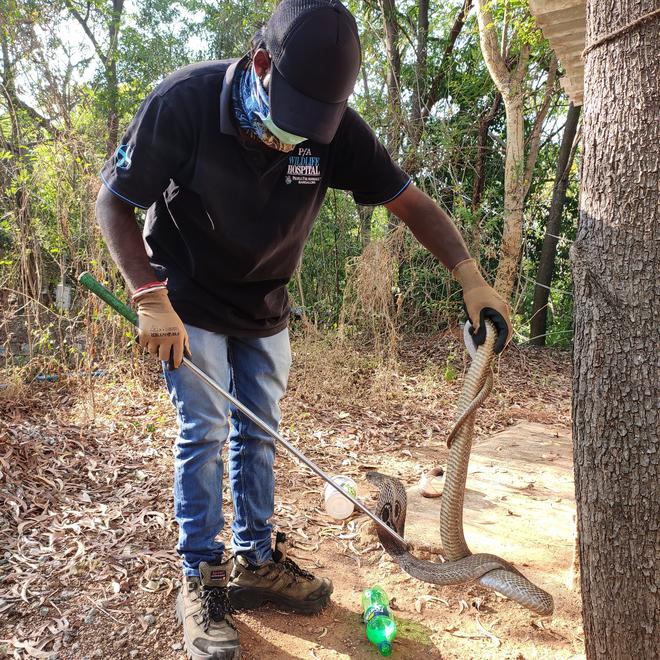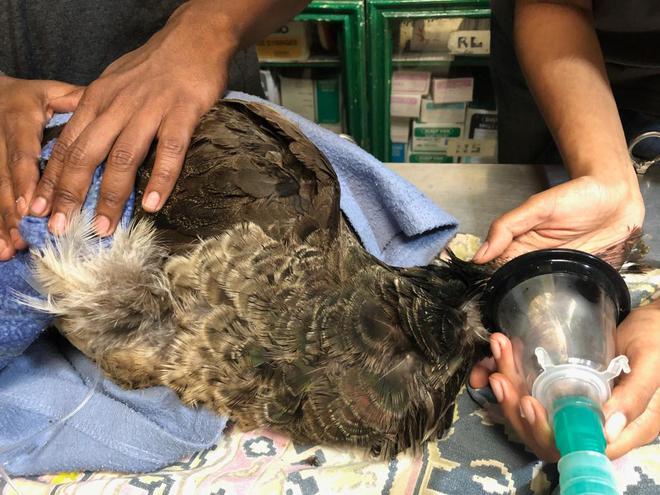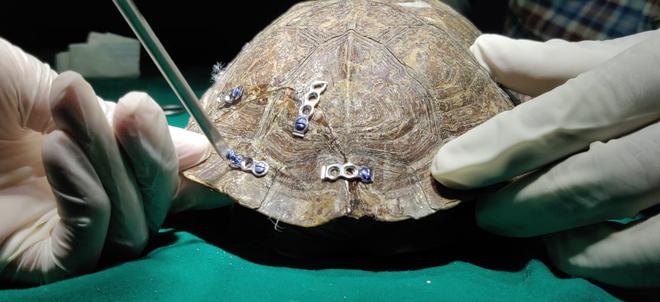
Most people equate wildlife with creatures in the jungle; somehow cats, dogs and the occasional cow blocking their car do not make the cut for them. Yet, there is a wealth of urban wildlife sharing our cityscape, of which we are woefully ignorant.
People For Animals (PFA) has organised month-long activities to mark their 36,000th rescue and celebrate their stories of “hope and healing”. From bat and bird walks and a guided tour of their wildlife hospital to contests, activities and workshops, the events are designed to bring about a greater appreciation for our furred and feathered fellow creatures.
Since pets have almost always had access to healthcare, PFA was established in Bengaluru in the 1990s to provide aid for those animals that did not fall in that category. In the past 27 years, PFA has seen unplanned urbanisation, indiscriminate clearing of land and encroachment of lakes in the city, which has resulted in animals being displaced from their natural habitat.
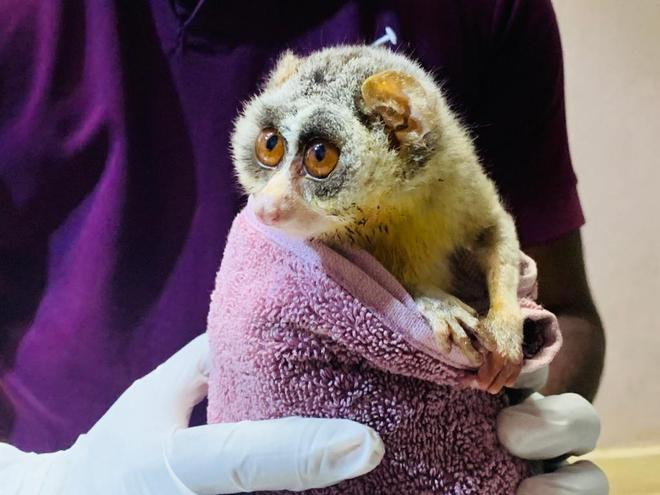
Despite the challenges faced in this fast-growing, fast-paced city, PFA too, has kept pace in its own way. “We began with very few vehicles to use for emergencies. Today, we have five four-wheelers and six two-wheelers for our rescue operations as well as a wildlife rescue ambulance permanently stationed at Yelahanka to save those precious minutes which are crucial to life saving,” says Col Dr Nawaz Shariff, GM and Chief Veterinarian at the PFA Wildlife Hospital.
A former Indian Army vet who retired in 2017 after 30 years of service, Nawaz says there has been an increased in involvement from residents in the city. “People are coming forward to sponsor an ambulance or allow it to be parked in their apartment, helping us establish a node for operations. The ambulance at Yelahanka sees close to four to five rescues a day,” he says, adding, “Rescue, Recovery, Rehabilitation and Relief are the four Rs on which PFA operates.”
“There has been a dramatic change over the past few years. Parents are making conscious efforts to see their children are involved with what goes on in the environment. Schools and colleges are also taking a proactive approach by arranging school visits and ensuring social work is part of the curriculum for students,” adds Nawaz.
“In the initial years, we were helped by the efforts of a lot of volunteers who aided the main people at the helm of affairs. Even today, we have a strong programme for volunteers and interns, who come from all over. We see parents come in with children as young as six and seven to volunteer,” says Sneha Prasad Salgame, Manager for Communications at PFA.
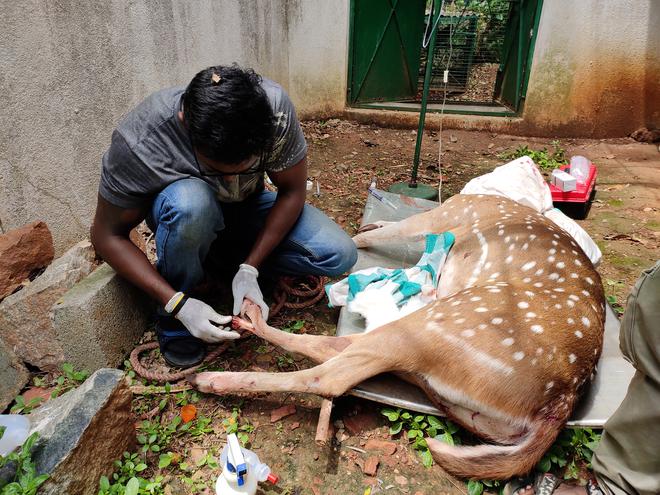
A lot of activities at PFA cater to children between the ages of 10 to 18 in order to inculcate a love for animals in them. “We customise activities based on age and hands-on work with animals is limited to and only carried out by experts,’ she says, adding, “Once we start interacting with animals — touching or holding them — they get habituated to humans and that is not a good sign as that is how human-wildlife conflict begins.”
There is a monkey menace because people make the mistake of feeding them, she says. “Though we don’t involve volunteers in the handling of animals, there still is a lot they can do. Accompanying our team on a rescue mission is always thrilling and people are welcome to join us,” says Sneha.
PFA has a state-of-the-art wildlife hospital where injured animals such as electrocuted monkeys are treated. “Releasing an animal back into the wild is the most satisfying feeling ever; seeing a bird take wing or a monkey scamper away into the trees after getting better is unforgettable. And once a child has a first-hand experience of interacting with animals, it gets ingrained in them and they will never want to go against the environment,” says Nawaz.
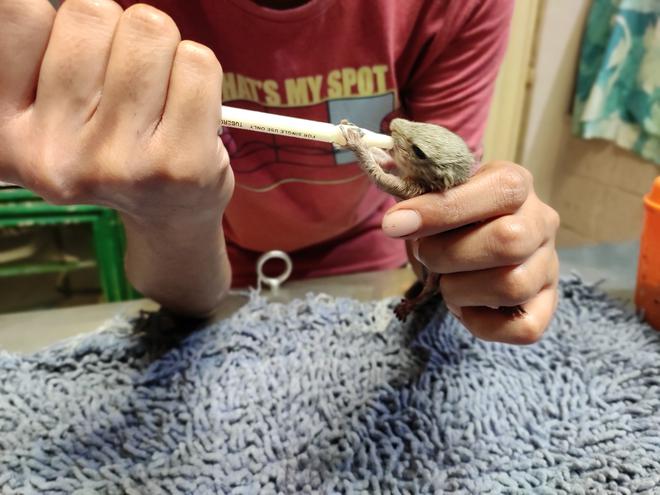
“A lot of species seen in the city are found in the wild, but over time, they have adapted to the way we live — birds and squirrels which build nests in building nooks and AC vents are a prime example,” says Sneha. “Snakes and owls play an important part in the eco cycle; they are Nature’s way of keeping pests in control, eradicating possible outbreaks of disease and using them as agents for pollination and seed dispersal. However, since they induce fear, people try to kill them.”
There is a growing need for people to understand what to do when they encounter urban wildlife and PFA is doing their bit to help demystify animal planet for the common man.
For upcoming events by PFA, log on to https://peopleforanimalsbangalore.org/
Did you know?
